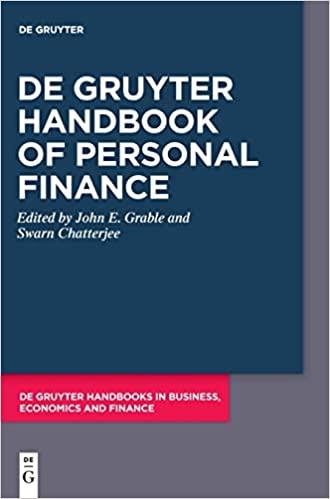

Questions 1.) On a single chart, plot the value of $1 invested in each of the five indexes over time. I.e., for all t, plot the cumulative return series for each index: TV4 = (1 + r)(1+r2) ... (1+r) What patterns do you observe? 2.) Plot a histogram of only the Global index returns. Does the distribution look normal? 3.) Estimate the following for each of the indices. In calculating the statistics, "monthly" can be interpreted as "not annualized". a. Arithmetic average of monthly returns, and annualized arithmetic return using the APR method b. Geometric average of monthly returns, and annualized geometric return using the EAR method. Why does the geometric average differ from the arithmetic average? C. Standard deviation of monthly returns, and annualized standard deviation d. Sharpe Ratio of monthly returns, and annualized Sharpe Ratio e. Skewness of monthly returns f. Kurtosis of monthly returns g. 5% Value at Risk (VaR) of monthly returns h. 5% Expected Shortfall of monthly returns i. Only for the Global index: based on your answers for (e)-(h), what do each indicate about using just the standard deviation to estimate risk? 4.) Suppose you have a risk-aversion coefficient of 3.0, and utility function of, U = E[r] AO? that uses your estimate of annual arithmetic returns (APR) and variance. Which index would you invest in? 5.) Assume that only a single risky asset exists (the Global index), and a single risk-free rate (the 1- month US risk-free rate) at which investors can borrow and lend. Assume the risk-free rate is equal to its time-series average and has zero variance. Also assume the utility function provided in the previous problem, with a risk-aversion coefficient of 3.0. For all parts use your estimate of annualized arithmetic average returns (APR) and annualized variance. a. Plot the capital allocation line (CAL) in the expected return-standard deviation plane. What does moving up and down the CAL represent about the allocation between the two assets? What is the intercept of the line? What is its slope? What is the economic significance of the intercept and slope? b. Plot the investor's utility of the complete portfolio as a function of the allocation to the risky asset. What does the curve suggest about the investor's approximate optimal allocation to the risky asset? C. On the same plot as the CAL in (a), plot the indifference curve in the expected return- standard deviation plane corresponding to a utility level of 0.03 for an investor with a risk aversion coefficient of 3. Plot a second indifference curve corresponding to the utility level suggested by (b). How does the second indifference curve differ from the first? What is the relation of the second indifference curve with respect to the CAL








